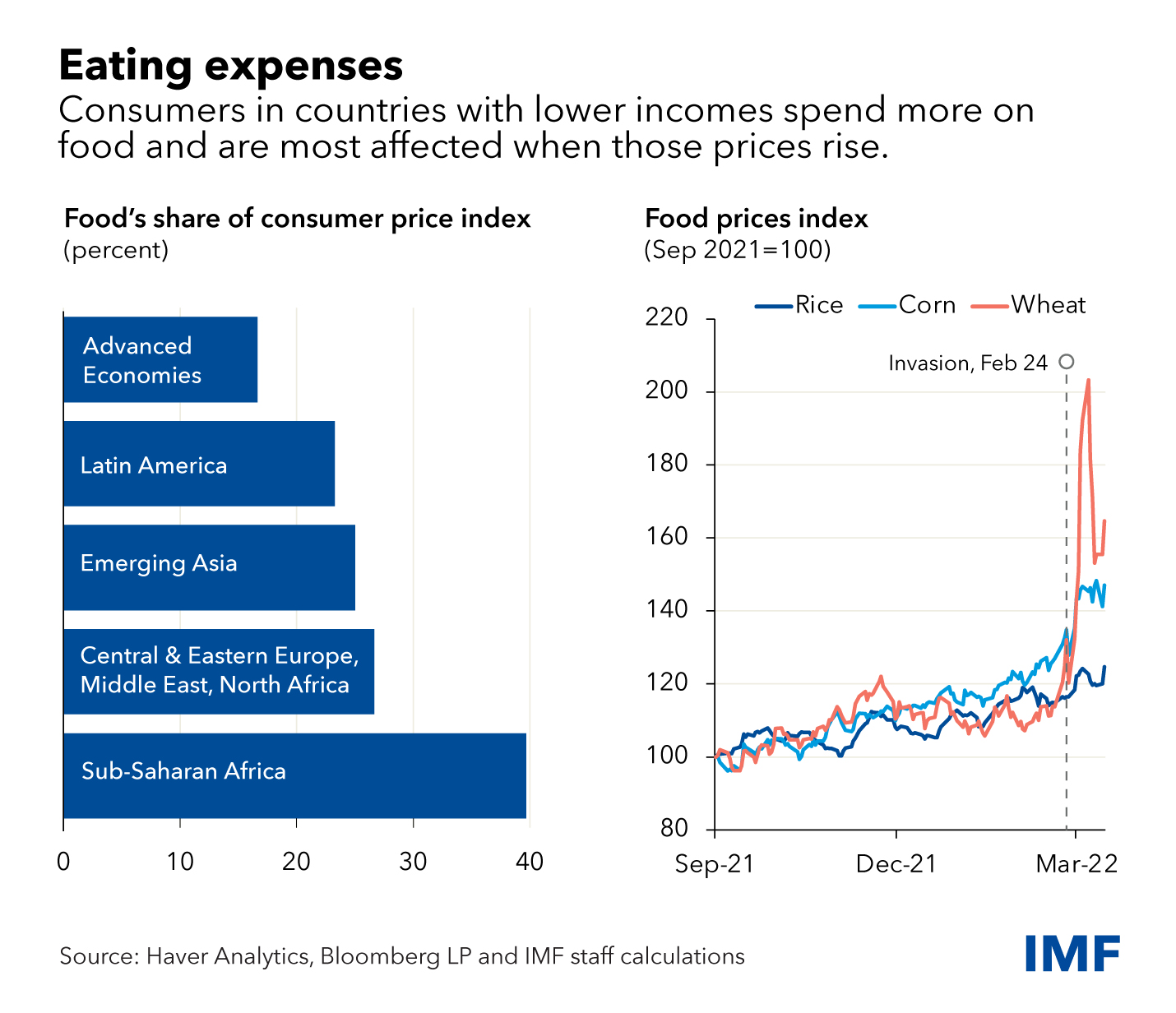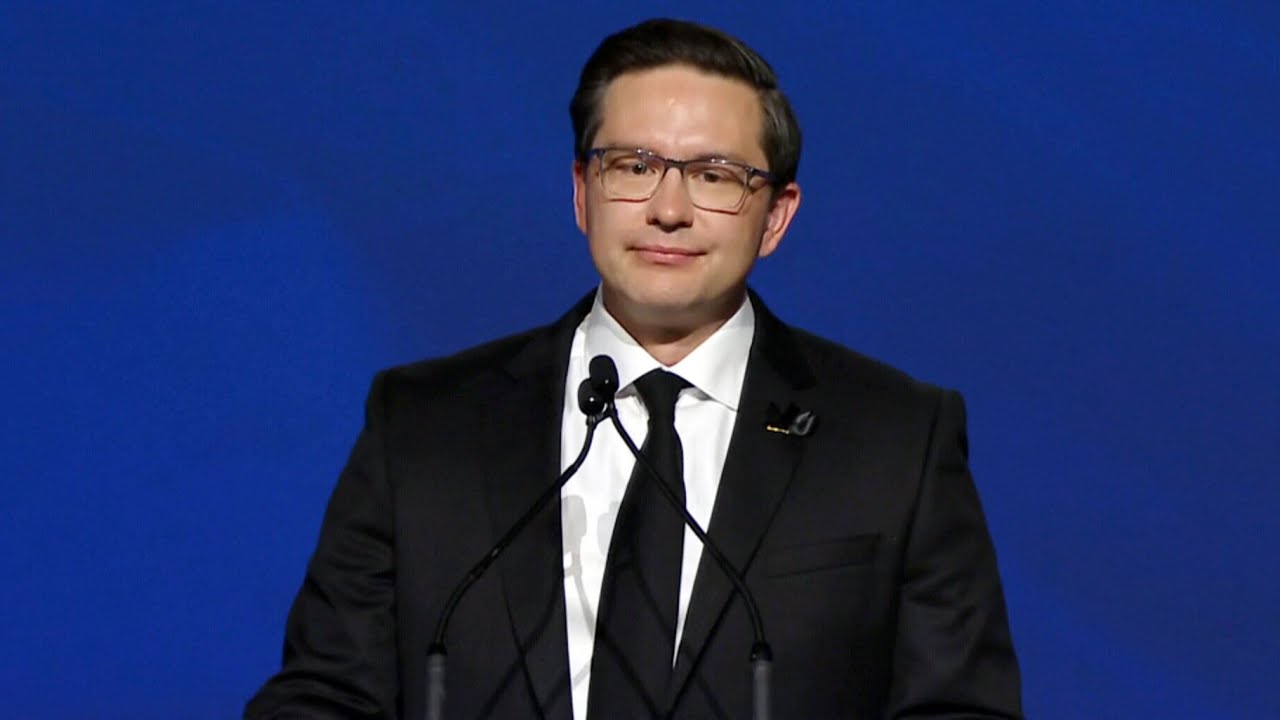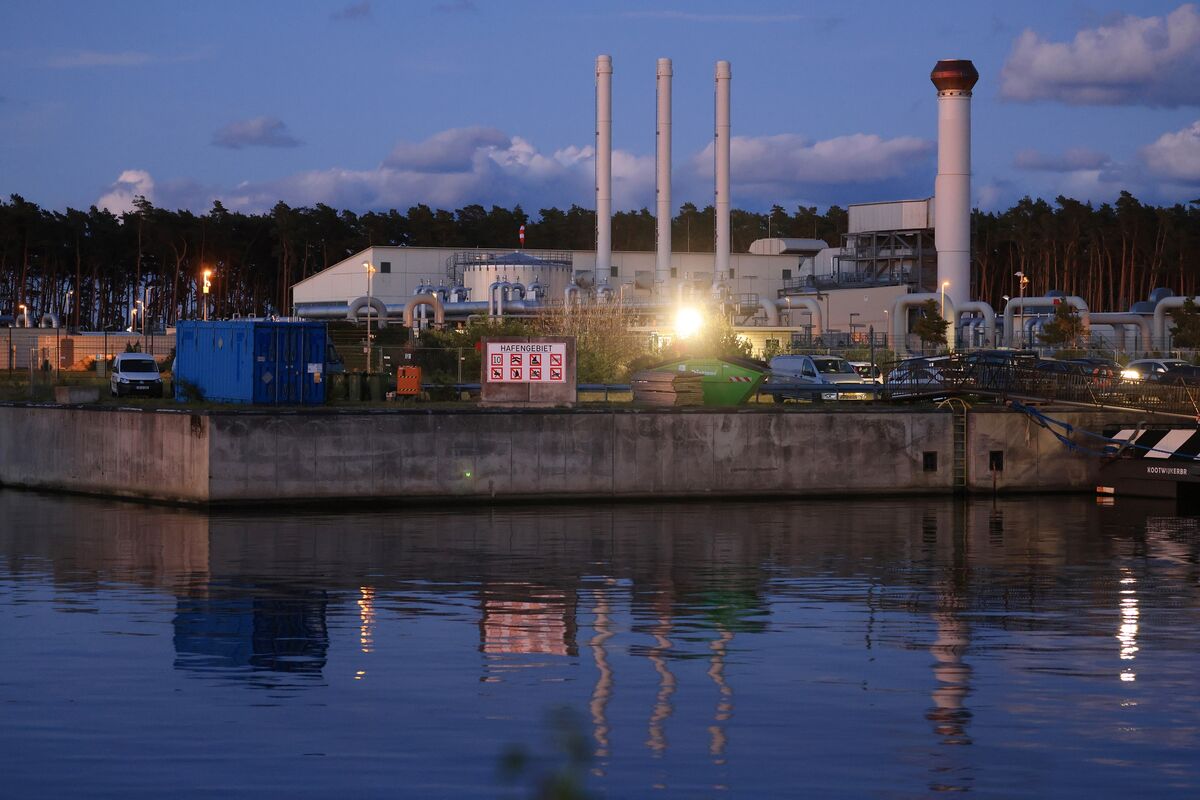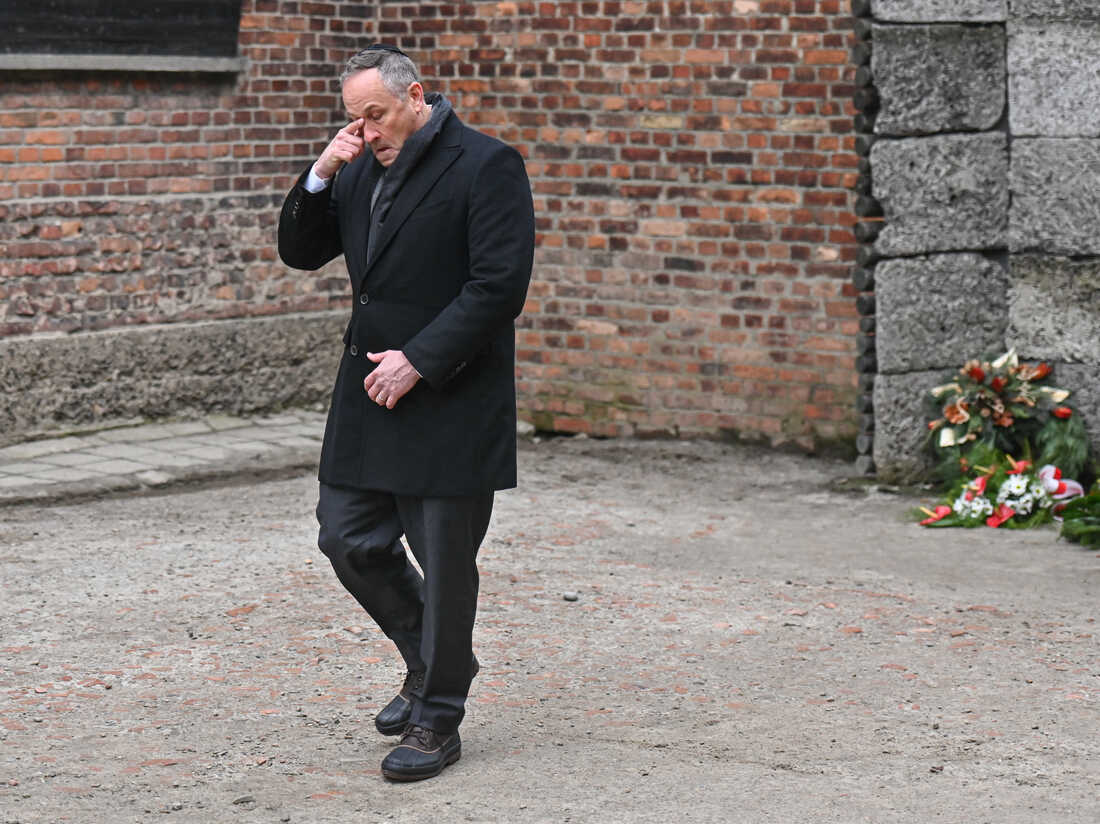Rising Global Military Expenditure: The Impact Of The Ukraine Conflict

Table of Contents
Increased Defense Budgets Across Nations
The Ukraine conflict has acted as a catalyst for a significant upward trend in defense budgets worldwide. Nations are reassessing their security postures and allocating greater resources to their militaries. This increase isn't limited to any single region; it's a global phenomenon.
-
Specific Examples: NATO members, spurred by the conflict's proximity to their borders, have seen substantial increases. Germany, for instance, pledged a massive increase in its defense budget, aiming to reach 2% of GDP, a commitment that reflects a significant shift in its security policy. Similarly, many Eastern European nations are rapidly expanding their military capacities. Even Asian powers, concerned about regional instability and potential future conflicts, are boosting their defense spending.
-
Quantifiable Data: While precise figures vary depending on the source and methodology, numerous reports indicate a double-digit percentage increase in defense budgets across many countries since the start of the Ukraine conflict. The Stockholm International Peace Research Institute (SIPRI) provides annual data that consistently reflects this upward trend in global military expenditure.
-
Economic Impact: This dramatic increase in military spending has significant economic consequences. It necessitates substantial government investment, often leading to trade-offs with social programs like healthcare and education. The opportunity cost of these diverted resources is substantial, potentially impacting long-term economic growth and social development.
Focus on Modernization and Technological Advancement
The rising global military expenditure isn't just about increasing the size of armed forces; it’s also driving a rapid modernization and technological advancement in military capabilities. Countries are investing heavily in cutting-edge technologies to enhance their defense capabilities and maintain a competitive edge.
-
Technological Advancements: The conflict in Ukraine has highlighted the importance of drones, cyber warfare capabilities, and the integration of Artificial Intelligence (AI) in defense systems. Investment in these areas is soaring as nations seek to enhance their situational awareness, improve precision targeting, and fortify their cyber defenses.
-
The Arms Race: This accelerated investment in advanced military technologies fuels an increasingly concerning arms race. The competition to develop and deploy superior weaponry creates a climate of instability and increases the risk of escalation, both regionally and globally.
-
Private Military Companies (PMCs): The role of PMCs has also grown significantly. Their involvement in various conflicts, including providing training, logistical support, and even combat forces, raises significant questions about accountability and the potential for unintended consequences.
Geopolitical Shifts and Alliances
The Ukraine conflict has profoundly reshaped the global geopolitical landscape, impacting alliances and the dynamics between major powers. The resulting shifts in power have further contributed to the rise in global military expenditure.
-
NATO Strengthening and Expansion: NATO's role and influence have been reinforced, with increased defense cooperation among member states and renewed interest in the alliance's expansion.
-
Increased Defense Cooperation: Beyond NATO, we see a rise in bilateral and multilateral defense agreements between nations seeking to bolster their security in a perceived more volatile world. This often translates to increased military spending as countries work collaboratively to strengthen their collective defense capabilities.
-
Impact on Major Power Relations: The conflict has significantly strained relations between major global powers. The US-China relationship continues to be fraught with tension, while Russia's isolation has deepened, impacting global trade and diplomacy. These power shifts further drive the escalation of global military expenditure.
The Economic Burden of Military Spending
The economic consequences of rising global military expenditure are far-reaching and potentially destabilizing. The opportunity cost, the potential benefits forgone by investing in military spending rather than other areas, is considerable.
-
Inflation and its Effects: Increased government spending on defense can contribute to inflationary pressures, impacting the cost of living and potentially jeopardizing economic stability.
-
Increased National Debt: Many countries are financing their increased military spending through borrowing, leading to a rise in national debt and potential long-term financial instability.
-
Diversion of Funds: The massive sums allocated to military spending represent a significant diversion of funds from other crucial sectors, such as healthcare, education, and infrastructure. This has long-term social and economic implications.
Humanitarian and Social Consequences
The rising global military expenditure has indirect but significant humanitarian and social consequences, often overlooked amid the focus on military advancements and geopolitical shifts.
-
Displacement and Refugee Crises: Conflicts and the ensuing security concerns often lead to increased displacement and refugee crises, placing further strain on already stretched humanitarian resources.
-
Strain on Humanitarian Aid: The diversion of funds towards military spending can directly impact the availability of resources for humanitarian aid, potentially hindering efforts to address crises and alleviate suffering in vulnerable populations.
-
Potential for Social Unrest: The economic hardships resulting from increased military spending, such as inflation and job losses, can create social unrest and instability within nations.
Conclusion
The Ukraine conflict has undeniably triggered a significant and widespread increase in global military expenditure. This surge in spending has profound implications, impacting geopolitical alliances, national economies, and social welfare. The trend toward military modernization and technological advancement further complicates the situation, raising concerns about an escalating arms race. Understanding the implications of rising global military expenditure is crucial for navigating the complex challenges of international security and fostering a more peaceful and stable world. Further research and informed discussion are essential to mitigating the negative consequences of this escalating trend. Continue to learn more about the factors driving rising global military expenditure and its broader impact on global affairs.

Featured Posts
-
 Ahtfalat Swysra Brqm Qyasy Jdyd Fy Asthlak Alraklyt
Apr 30, 2025
Ahtfalat Swysra Brqm Qyasy Jdyd Fy Asthlak Alraklyt
Apr 30, 2025 -
 Pierre Poilievres Election Loss A Shock For Canadas Conservatives
Apr 30, 2025
Pierre Poilievres Election Loss A Shock For Canadas Conservatives
Apr 30, 2025 -
 E Bays Liability For Banned Chemicals The Impact Of The Section 230 Ruling
Apr 30, 2025
E Bays Liability For Banned Chemicals The Impact Of The Section 230 Ruling
Apr 30, 2025 -
 Romance Drama Tv Shows A Curated List Of Plot Twist Favorites
Apr 30, 2025
Romance Drama Tv Shows A Curated List Of Plot Twist Favorites
Apr 30, 2025 -
 Schneider Electric Surpasses 2024 Sustainability Goals A Milestone Achieved
Apr 30, 2025
Schneider Electric Surpasses 2024 Sustainability Goals A Milestone Achieved
Apr 30, 2025
Latest Posts
-
 How Outdated Business Apps Hamper Ai Implementation
Apr 30, 2025
How Outdated Business Apps Hamper Ai Implementation
Apr 30, 2025 -
 German Spd Rejects Russian Gas Import Resumption
Apr 30, 2025
German Spd Rejects Russian Gas Import Resumption
Apr 30, 2025 -
 Der Architekt Des Scheiterns Wer Zieht Die Faeden In Den Koalitionsverhandlungen
Apr 30, 2025
Der Architekt Des Scheiterns Wer Zieht Die Faeden In Den Koalitionsverhandlungen
Apr 30, 2025 -
 Analysis Of Trumps Decision To Dismiss Doug Emhoff From Holocaust Memorial Council
Apr 30, 2025
Analysis Of Trumps Decision To Dismiss Doug Emhoff From Holocaust Memorial Council
Apr 30, 2025 -
 Outdated Business Apps Obstructing Your Ai Vision
Apr 30, 2025
Outdated Business Apps Obstructing Your Ai Vision
Apr 30, 2025
